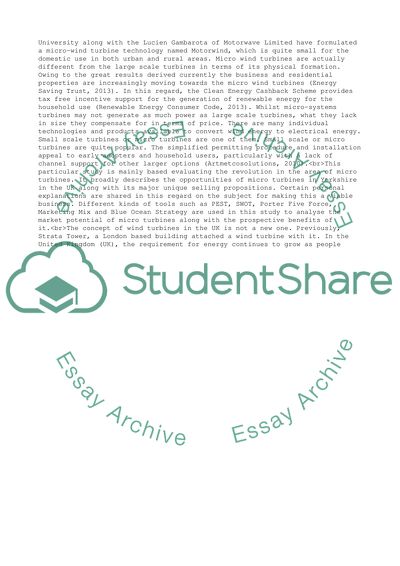Cite this document
(Not Found (#404) - StudentShare, n.d.)
Not Found (#404) - StudentShare. https://studentshare.org/business/1802344-blowing-in-the-wind
Not Found (#404) - StudentShare. https://studentshare.org/business/1802344-blowing-in-the-wind
(Not Found (#404) - StudentShare)
Not Found (#404) - StudentShare. https://studentshare.org/business/1802344-blowing-in-the-wind.
Not Found (#404) - StudentShare. https://studentshare.org/business/1802344-blowing-in-the-wind.
“Not Found (#404) - StudentShare”. https://studentshare.org/business/1802344-blowing-in-the-wind.


